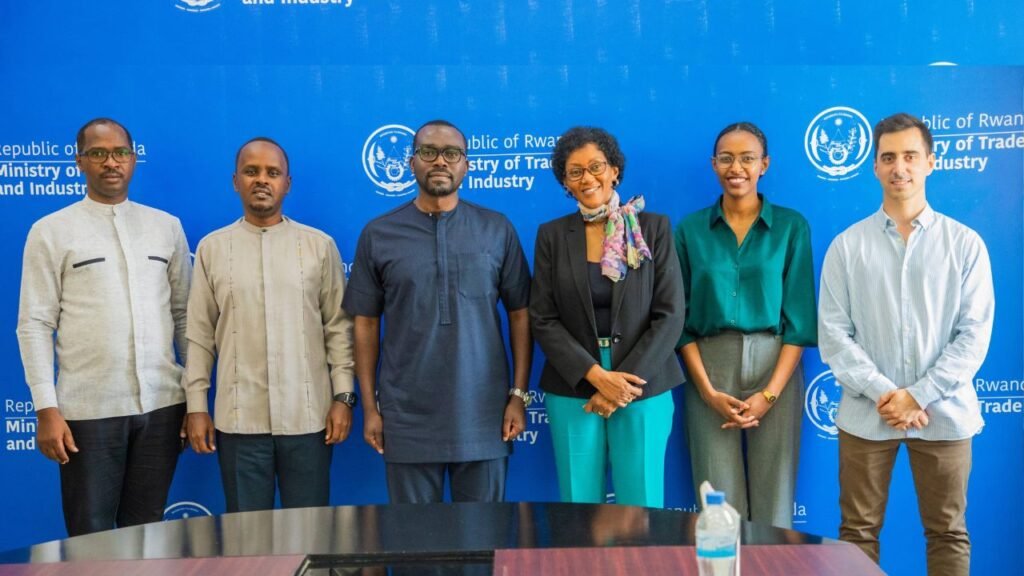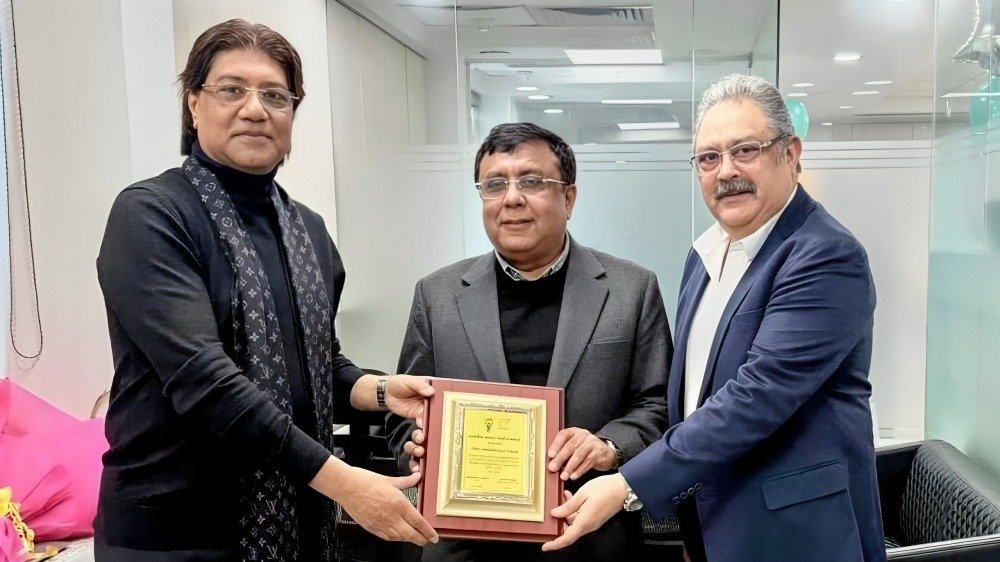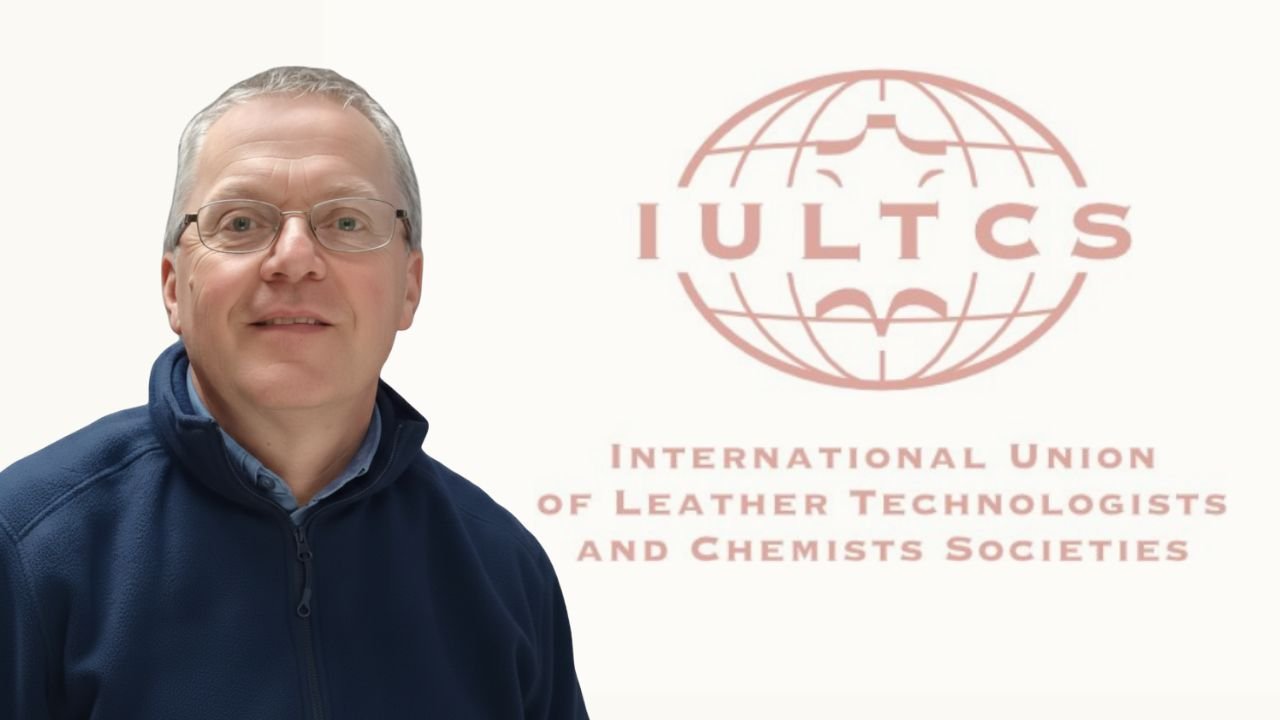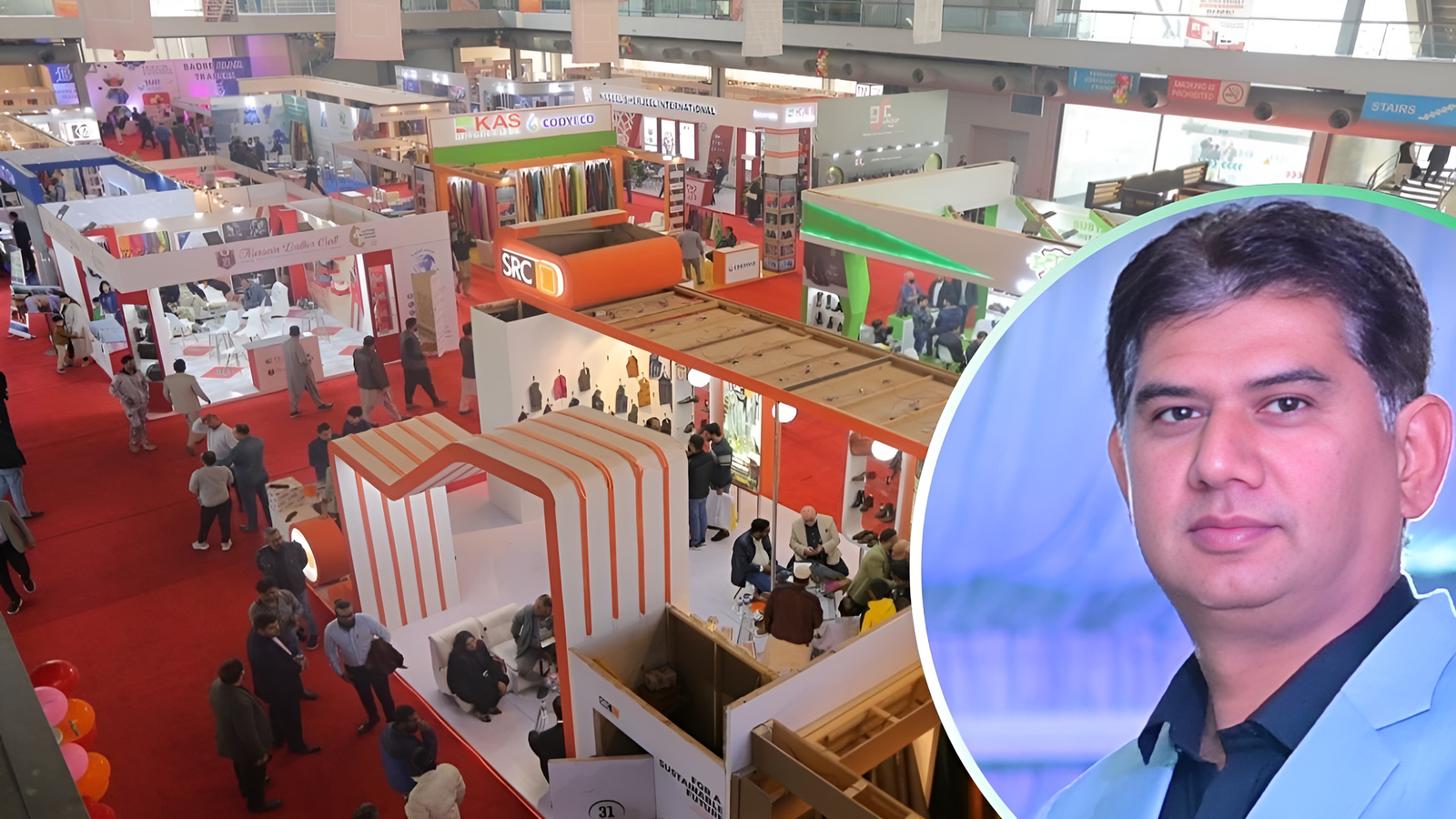The Rwandan government is actively seeking investors to develop a tannery park in the Bugesera Special Economic Zone, as part of a broader effort to strengthen the local leather industry and reduce dependency on imported tanned hides and skins.
The initiative, first announced in 2021 by the Ministry of Trade and Industry, faced delays due to funding shortages and other challenges. However, recent developments indicate renewed momentum toward realizing this ambitious project.
The proposed tannery park, which includes an integrated leather processing plant and effluent treatment facilities, is estimated to require an initial investment of US$15.1 million (approximately Rwf 19.7 billion).
The Ministry of Trade and Industry has already allocated a significant portion of land in Kamabuye sector, Bugesera District, specifically for this project.
“A tannery park requires a location distant from other human activities—at least a one-kilometer radius—to prevent pollution from affecting surrounding areas, as it is a highly polluting industry,”
Fred Mugabe, the Director General in charge of Industry Promotion and Entrepreneurship Development at the Ministry of Trade and Industry
The government is now in discussions with several potential investors. While specific details of these negotiations remain confidential, Mugabe expressed optimism that investors would soon secure the land and facilities to initiate operations.
The Rwandan government is also collaborating with the African Development Bank (AfDB), which has agreed to fund broader feasibility studies for the tannery park.
These studies will cover the park’s design, engineering requirements, and potential funding sources, providing a comprehensive foundation for the project’s successful implementation.
“A good tanned skin requires one meter which costs Rwf 2,500 on the local market, yet the same size is imported at Rwf 1,300 from Nairobi, Kenya,”
Jean d’Amour Uwimana, a young entrepreneur who makes shoes, highlighted the cost disparity between locally sourced and imported materials.
“We rely on imports because it’s the only way to access diversified tanned hides and skins. Most tanned hides come from Kenya, while other materials are sourced from China,”
Junis Mukanyandwi, another leather products maker, echoed these concerns.
Despite the presence of a tanning factory in Bugesera, she noted that prices are higher, and the local market does not always offer the varieties or quality required for specific products.
In conclusion, the establishment of the tannery park in Bugesera represents a significant step forward in Rwanda’s efforts to develop a robust local leather industry. By reducing reliance on imported materials and fostering local production, the project has the potential to transform Rwanda’s value chain. With the support of international investors and collaboration with organizations like the African Development Bank, Rwanda is set to strengthen its leather sector, creating new opportunities for local entrepreneurs and contributing to the country’s broader industrialization goals.
Related news – African Union-IBAR and ALLPI Sign MoU to Boost Africa’s Leather Industry












